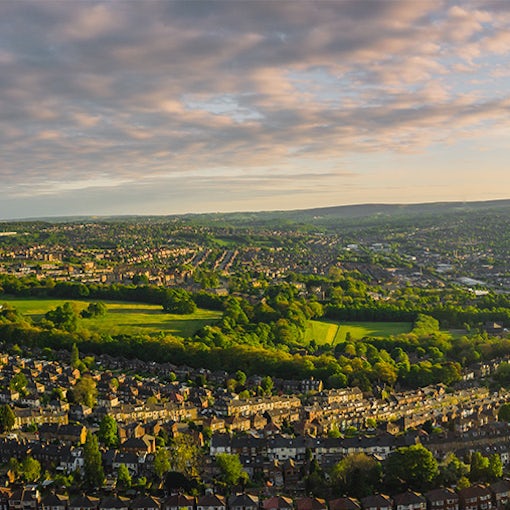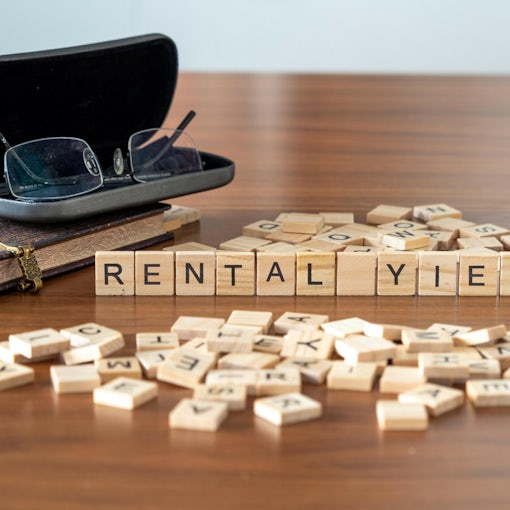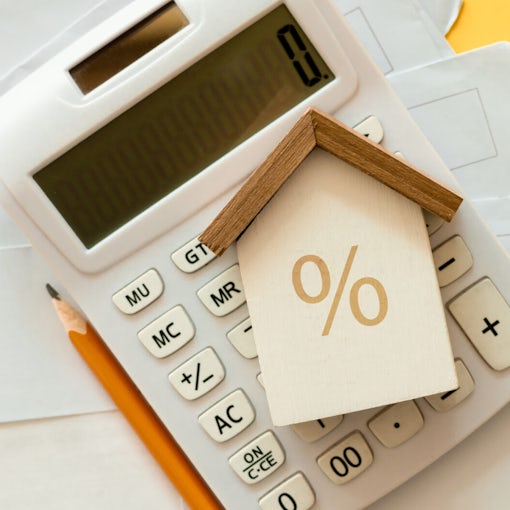Navigating the Changing Landscape of UK Greenbelt Areas
In the UK, the concept of a ‘green belt’ has long been a cornerstone of urban planning, acting as a buffer to urban sprawl and safeguarding the countryside. Recent data from Dataloft has shed light on the evolving state of greenbelt areas, which encompass land around major cities and often extend 5-10 miles from urban fringes. This article delves into the current trends and implications of these changes for homeowners and potential buyers.

The Shrinking and Expanding Green Belt
From 2013 to 2021, the size of the UK’s green belt witnessed a marginal reduction, dropping from 16,390 to 16,140 square kilometres. However, the year 2021/22 marked a significant shift with the first major expansion in recent times. A notable addition was the 269 square kilometre extension around Morpeth in Northumberland, reflecting a renewed commitment to preserving rural and semi-rural landscapes.
Green Belt and Property Sales
Out of the 347,000 properties sold in England in 2023, 5,000 were situated within green belt areas. This statistic highlights the enduring appeal of greenbelt properties, often sought for their tranquillity and proximity to nature. Furthermore, at least 21 significant developments are underway within these zones, including garden and retirement villages, demonstrating a careful balance between conservation and necessary expansion.
Living in the Green Belt
Approximately one million people currently reside in green belt regions, enjoying the benefits of limited and well-considered local development. The existence of over 2,000 small towns and villages nestled within these protected areas ensures their continued access to unspoiled countryside, a key factor in the appeal of green belt living.
Property Values in Green Belts
One of the most significant economic aspects of green belt areas is their impact on property values. Homes within or adjacent to green belts often command higher prices due to their desirable location, offering a unique combination of accessibility to urban centres and the tranquillity of a rural setting. This premium reflects the scarcity of such properties and the high demand among buyers seeking a balance between city living and a closer connection to nature. However, it’s important to note that this trend can also contribute to higher housing costs, potentially impacting affordability for local residents.
Economic Benefits
Beyond property values, green belts offer a myriad of economic benefits. These areas are crucial for agriculture, providing land for farming and, consequently, contributing to local and national food production. Moreover, green belts are a significant draw for tourism and outdoor recreational activities, such as hiking, cycling, and bird watching, which in turn support local businesses and services. The preservation of these areas also helps to maintain the character and appeal of nearby towns and villages, often boosting local economies through increased visitor numbers and consumer spending.
Community Living
Living in a green belt area often fosters a strong sense of community. These regions typically consist of smaller towns and villages where residents tend to form close-knit connections, supported by a shared appreciation of their surrounding environment. Local events, from farmers’ markets to community festivals, further strengthen these bonds, creating a sense of belonging and community spirit. This close community ethos is not only beneficial for social cohesion but also for fostering local initiatives and collaborations.
Health and Wellbeing
The proximity to nature in green belt areas offers significant benefits to residents’ health and wellbeing. Access to green spaces has been linked to reduced stress levels, improved mental health, and greater overall happiness. The opportunity for outdoor activities, such as walking, cycling, and gardening, promotes physical health and encourages a more active lifestyle. Furthermore, the reduced pollution levels typically found in these areas contribute to better air quality, positively impacting respiratory health. The combination of these factors makes green belt living particularly appealing for those seeking a healthier, more balanced lifestyle.
The Future of Green Belt Areas
The changing dynamics of greenbelt areas reflect a complex interplay between development needs and environmental preservation. As urban populations grow, the pressure on green belts is likely to increase, necessitating innovative solutions that balance growth with sustainability.
The Role of Estate Agents
Estate agents play a crucial role in navigating these changes, offering expertise and guidance to those looking to buy or sell properties in green belt areas. Their understanding of local planning policies and market trends is invaluable for making informed decisions in this unique property landscape.
For those considering a move to or from a green belt area, staying informed about the latest developments is crucial. As your local property experts, we are dedicated to providing you with up-to-date information and advice to help you make the best choices for your property needs.






